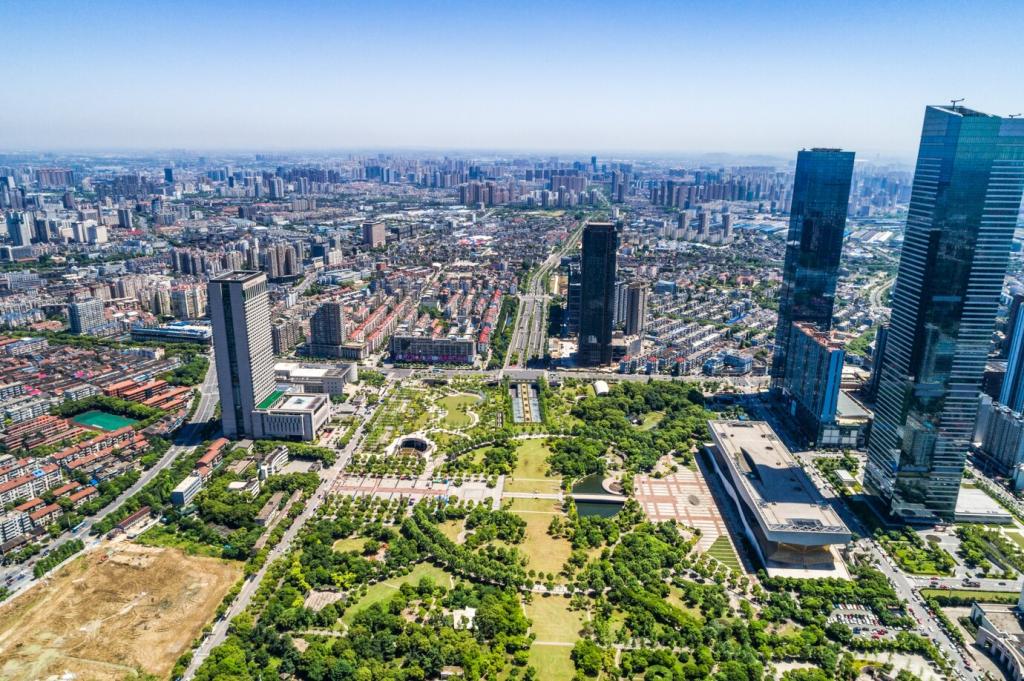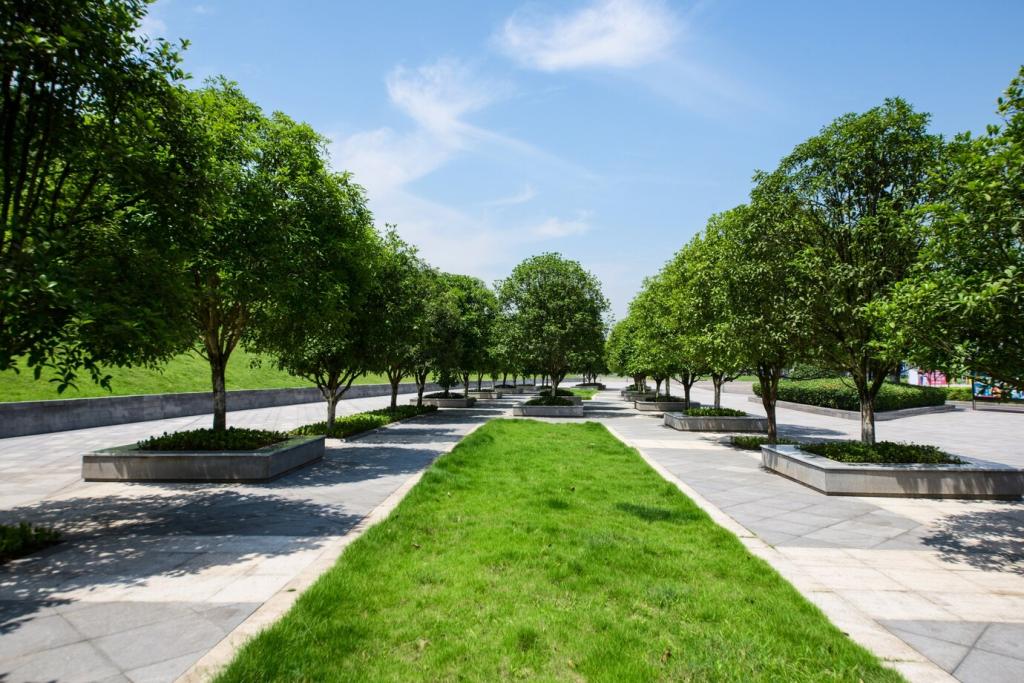Impact of Technology on Urban Green Spaces
Urban green spaces—parks, gardens, and public squares—are essential components of city life, providing areas for relaxation, biodiversity, and climate regulation. With rapid advancements in technology, the management, planning, and experience of these green spaces are transforming dramatically. This page explores how technological innovations are shaping urban greenery, examining their roles in ecological preservation, design, accessibility, and community engagement. By understanding these impacts, city planners, residents, and policymakers can better leverage technology to create sustainable and vibrant urban ecosystems.
Geographic Information Systems, commonly referred to as GIS, play a crucial role in the planning and development of urban green spaces. These systems allow urban designers and planners to analyze spatial data related to land use, population density, natural features, and existing infrastructure. With GIS, it becomes possible to identify areas with insufficient green coverage, forecast future needs, and design spaces that align with both environmental and social objectives. By overlaying multiple data layers, planners ensure that green spaces are equitably distributed and integrated into the broader urban fabric, resulting in more inclusive and accessible cities.

Enhancing Biodiversity Through Technology

Remote sensing technologies, such as drones and satellites, have become invaluable for monitoring the health and extent of urban green spaces. These tools collect high-resolution imagery and environmental data, allowing researchers and city officials to track changes in vegetation cover, detect the spread of invasive species, and assess the impacts of climate change. Frequent and detailed monitoring leads to early intervention and targeted maintenance, ensuring that urban ecosystems remain robust and capable of supporting diverse wildlife populations even in densely built environments.
Digital Navigation and Mapping Tools
Navigating complex park networks and greenways in urban settings can be daunting, especially for new residents or visitors. Digital navigation platforms and mapping apps tailored for urban green spaces overcome these barriers by providing up-to-date route information, highlighting accessible areas, and offering points of interest such as playgrounds and water features. These tools often integrate with public transit information, encouraging sustainable travel and reducing car dependence. By making urban nature easier to explore, technology invites more people to engage with and benefit from these essential outdoor spaces.
Real-Time Information and Smart Amenities
Urban green spaces are evolving into smart environments that respond to visitors’ needs in real time. Digital signage, mobile alerts, and interactive kiosks communicate vital information about events, weather conditions, and safety updates, empowering users to plan their visits more effectively. Some parks feature smart benches with charging ports, free WiFi, and sensors that measure foot traffic, providing valuable usage data while enhancing visitor convenience. These smart amenities not only make parks more appealing but also contribute to the efficient management of resources and improvement of services for all users.
Inclusive Design Through Assistive Technologies
For individuals with disabilities, accessing and navigating urban green spaces can present significant challenges. Assistive technologies—such as audio guides, tactile maps, and navigation apps with voice commands—help bridge this gap, offering tailored information and guidance to support independent exploration. These solutions can be further integrated with infrastructure improvements, such as accessible pathways and sensory gardens, to create truly inclusive environments. Technology thus plays a key role in ensuring that urban greenery is available and enjoyable to everyone, regardless of physical ability.
Join our mailing list
